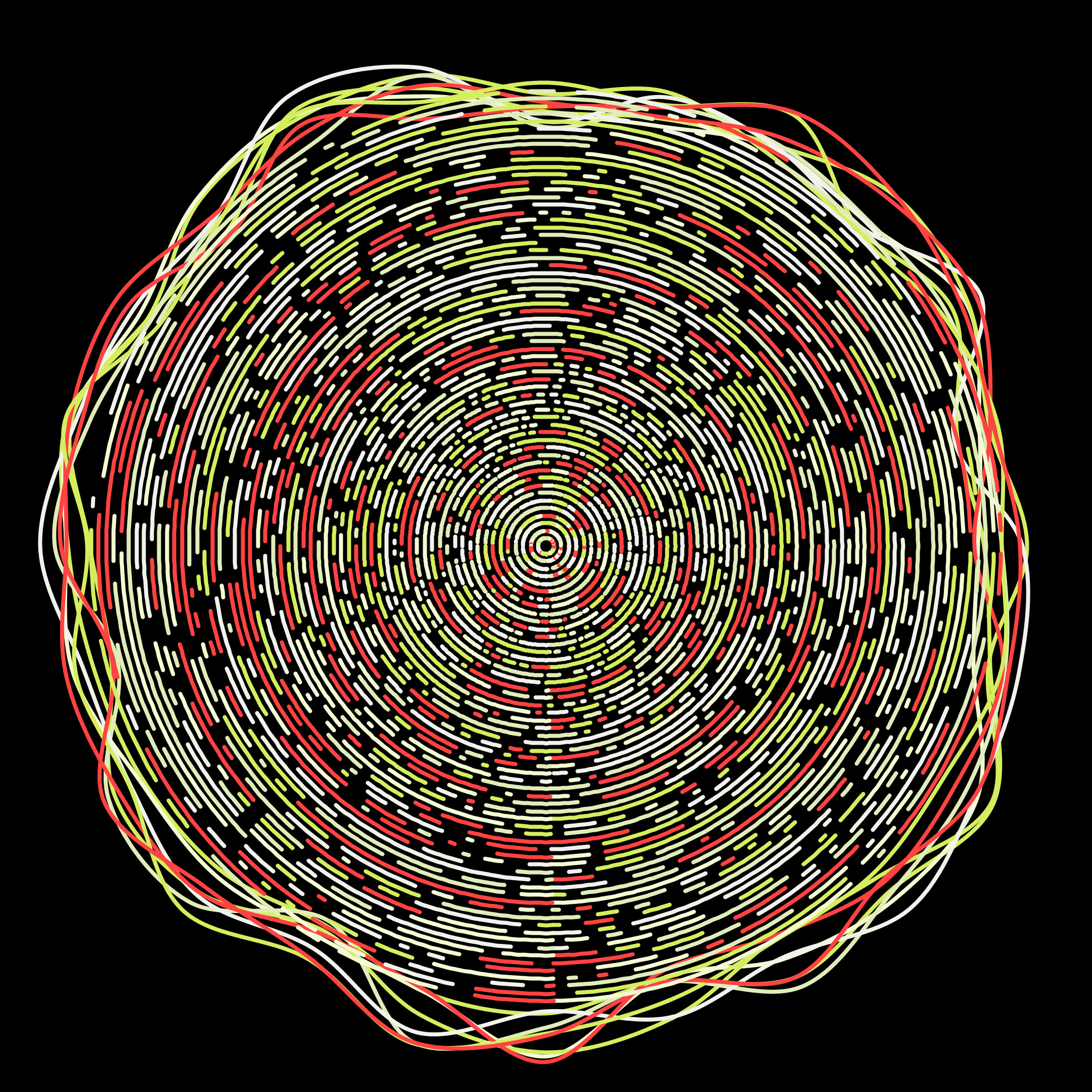
Generative Art - Drawing Circles
My journey into generative art using Processing and R. Creating beautiful circular patterns through code and exploring the intersection of programming and visual art.
Okay so, recently I’ve been messing around with generative music in Propellerhead Reason (mostly as a form of procrastination, let’s be honest 😅). It started as a “let’s just see what happens” experiment and turned into a surprisingly fun rabbit hole.
You can actually hear one of my chaotic little audio creatures here:
(yes, that’s one of my generative music tests — don’t judge me 😬)
From Music to Visuals 🎶➡️🎨
After spending way too many nights tweaking synth patches, I started thinking… what if I did the same thing visually? Like, generative art but for my eyeballs instead of my ears.
So I did what any normal person would do: opened ten browser tabs, fell into a GitHub hole, and discovered people making wild generative visuals in R, Go, and Python.
And wow. The stuff people do with just a few lines of code is ridiculous.
Setting Things Up (a.k.a. The Java Saga)
Naturally, I decided to try it myself. Installed R. Then installed Processing 3 on my Mac. And… yeah, that was a disaster. 🙃
Processing 3 and Java apparently have beef, because nothing worked. After a few hours of debugging (and a small existential crisis), I rolled back to Processing v2 and — hallelujah! — it worked.
Circles appeared! Pretty ones!
Honestly, at that point, I didn’t even care how it worked. I just wanted to make cool visuals and pretend I was an algorithmic artist.
The Results (woohoo! 🎉)
Here’s a few of the patterns I made:
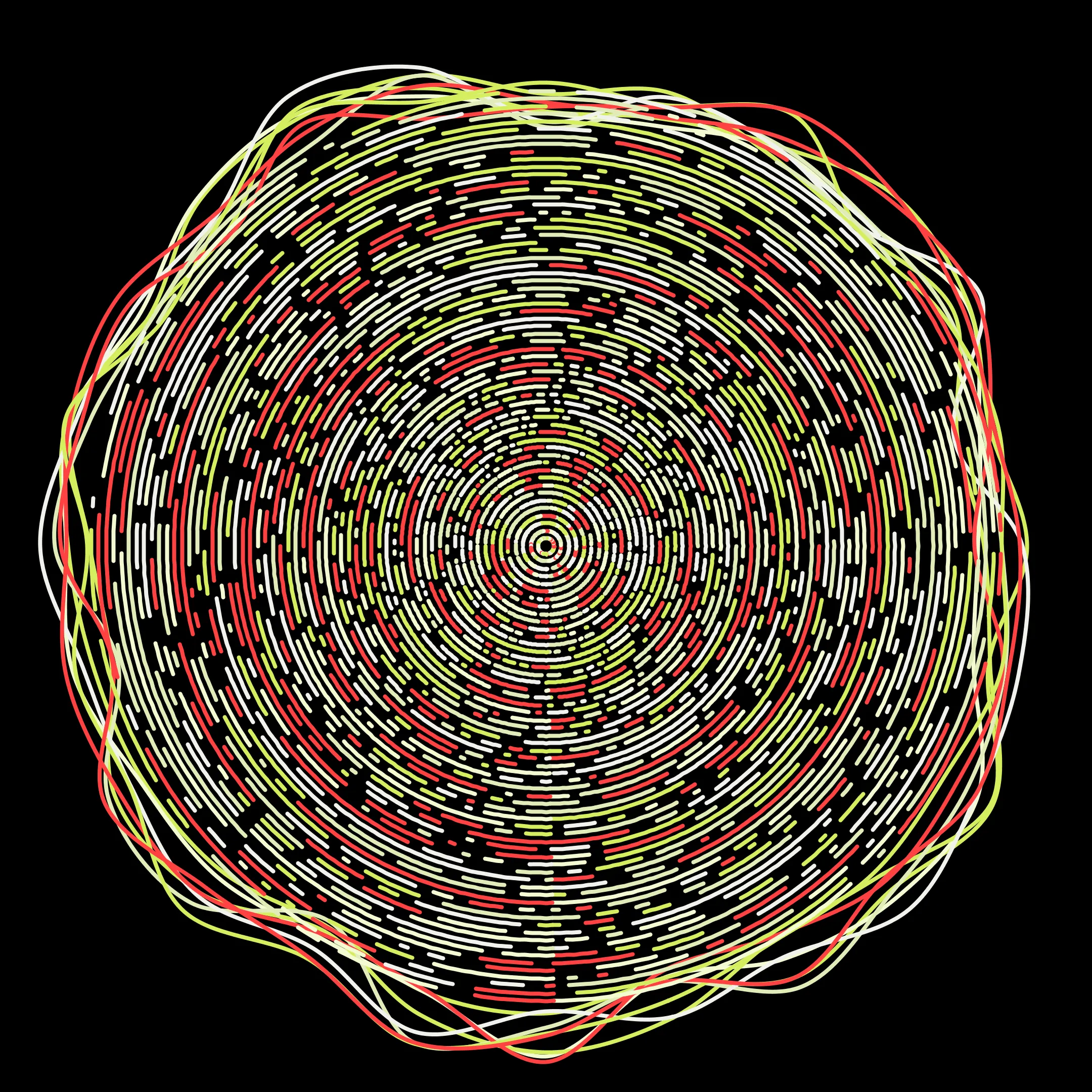 Complex overlapping circles that look like they’re plotting something
Complex overlapping circles that look like they’re plotting something
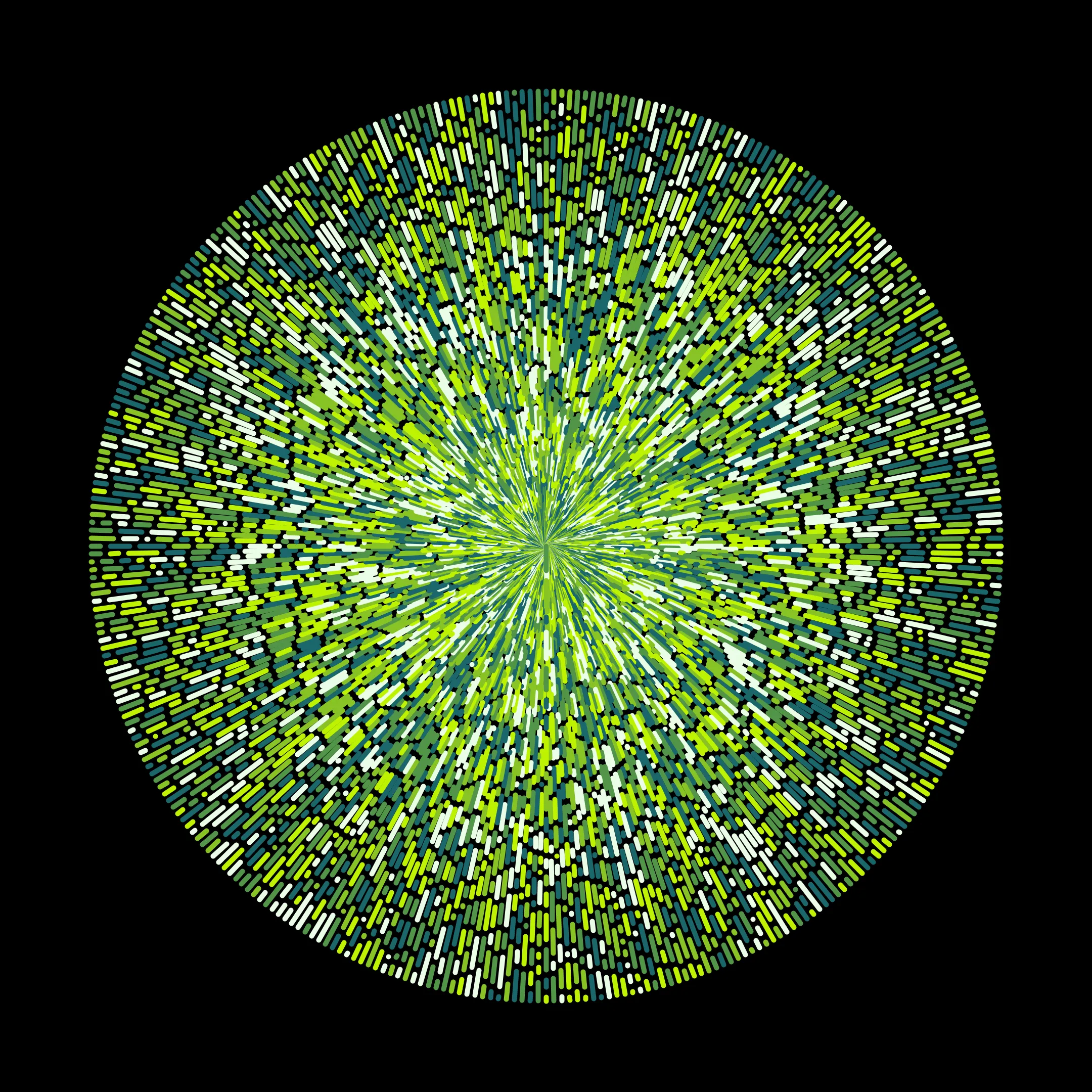 Minimalist and chill
Minimalist and chill
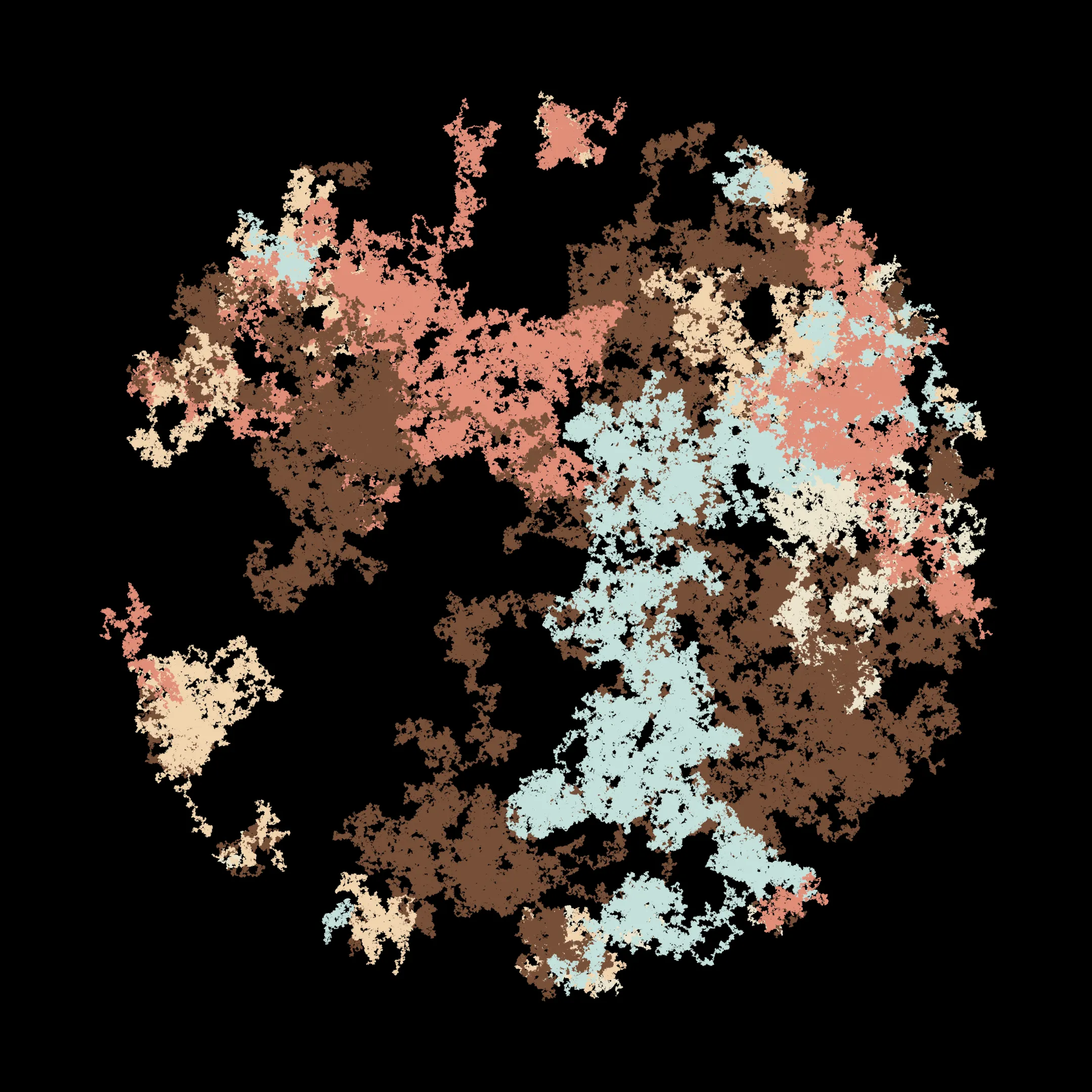 Geometric perfection vibes
Geometric perfection vibes
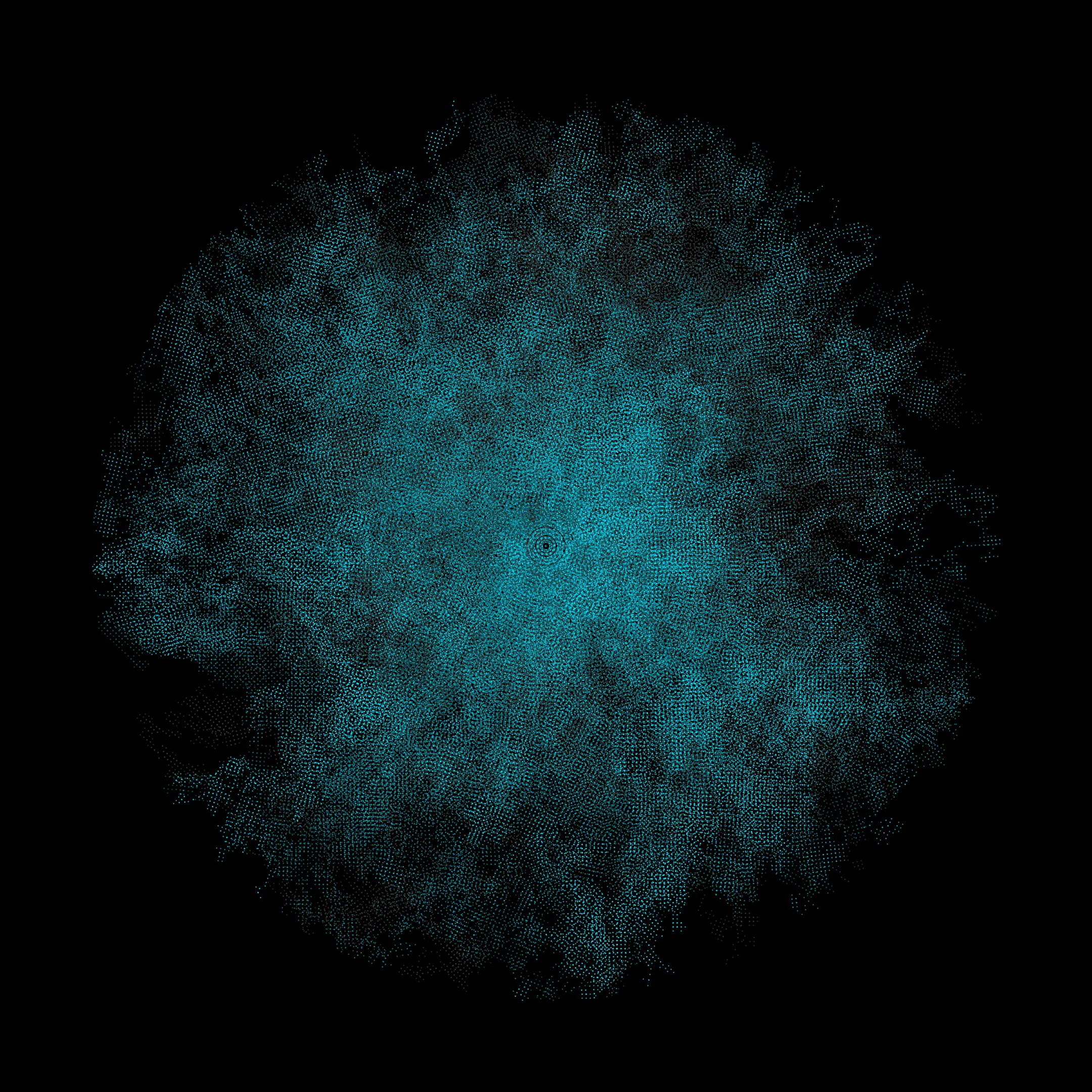 Kinda flowy, kinda alive
Kinda flowy, kinda alive
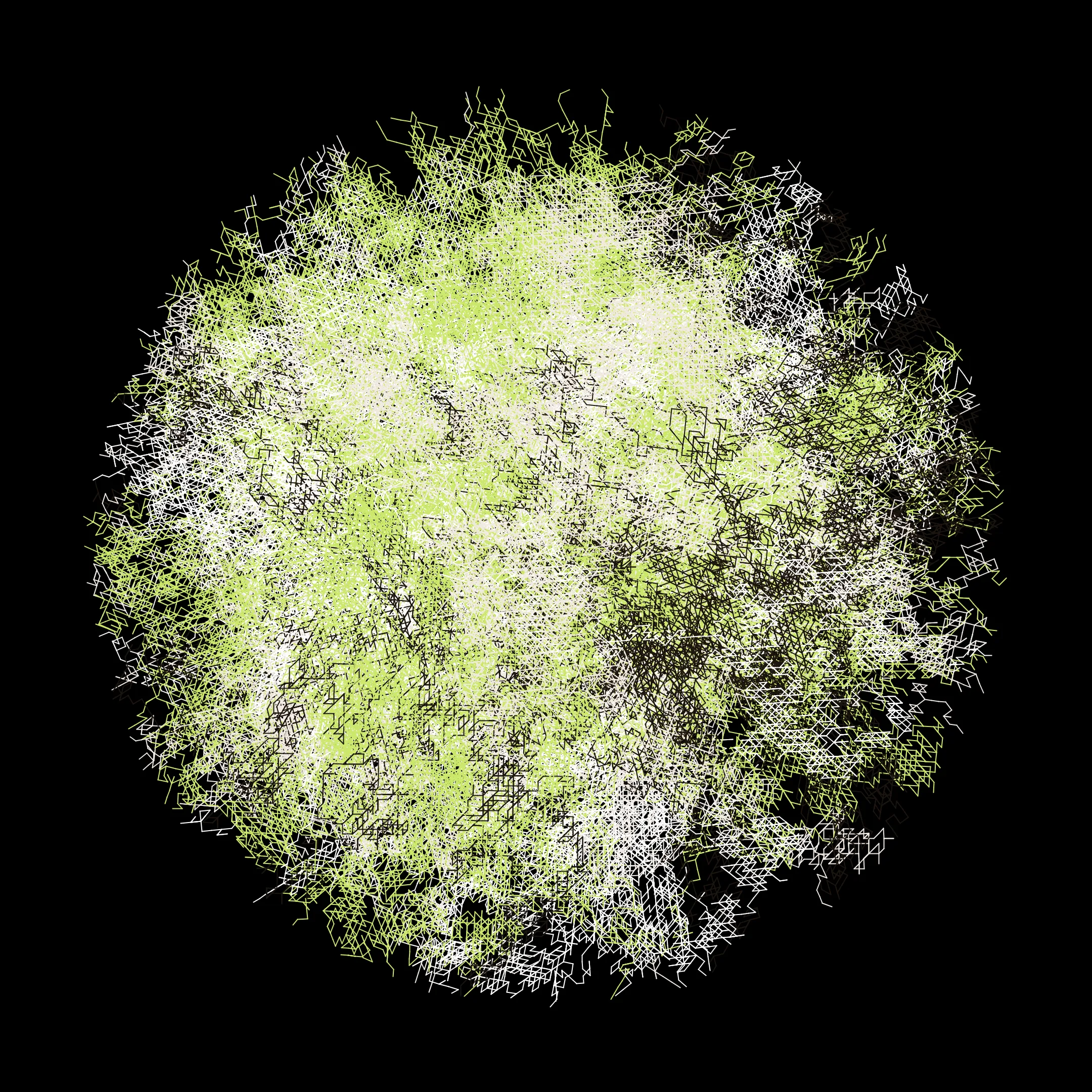 Dense and slightly overwhelming (like my brain on coffee)
Dense and slightly overwhelming (like my brain on coffee)
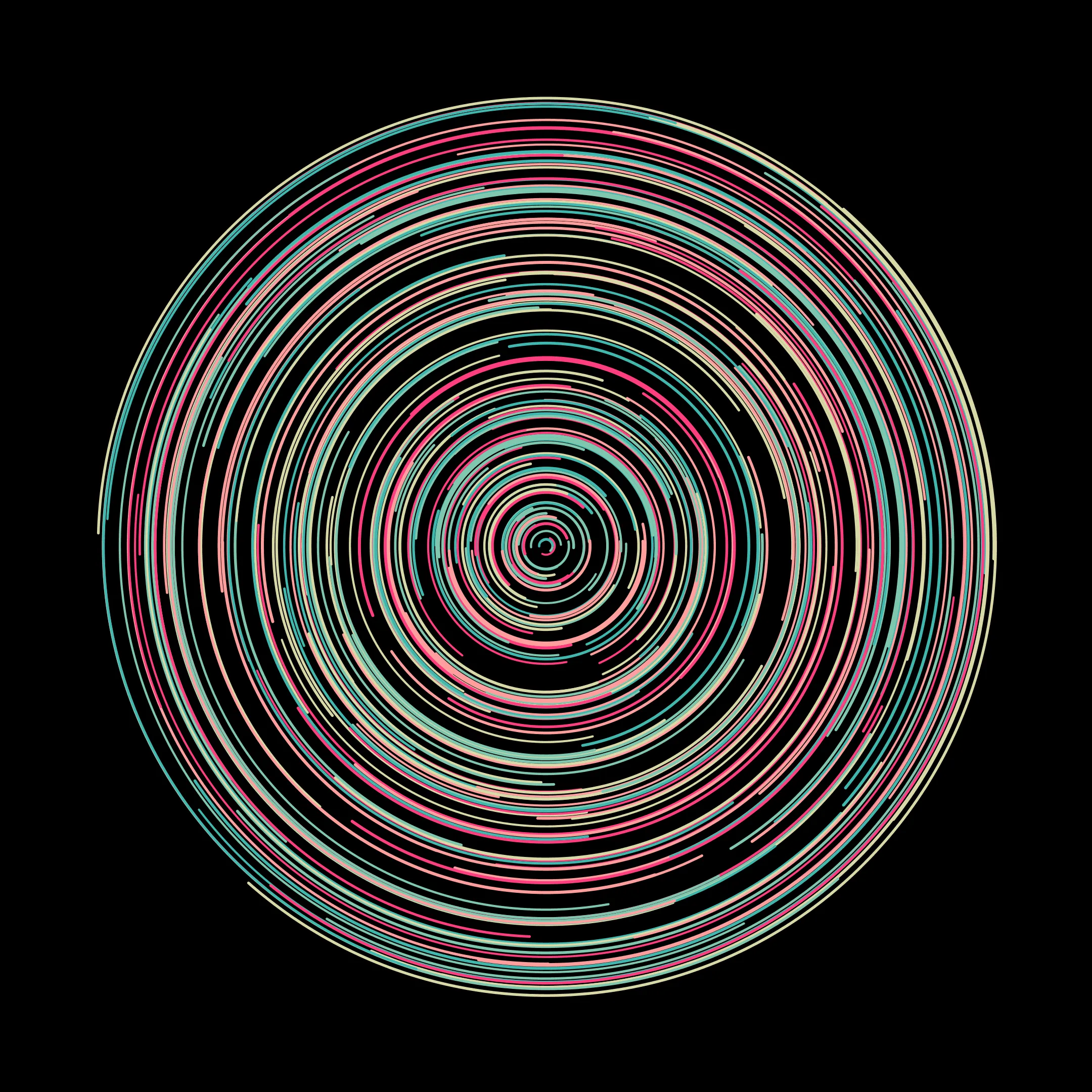 Sunburst-y and dramatic
Sunburst-y and dramatic
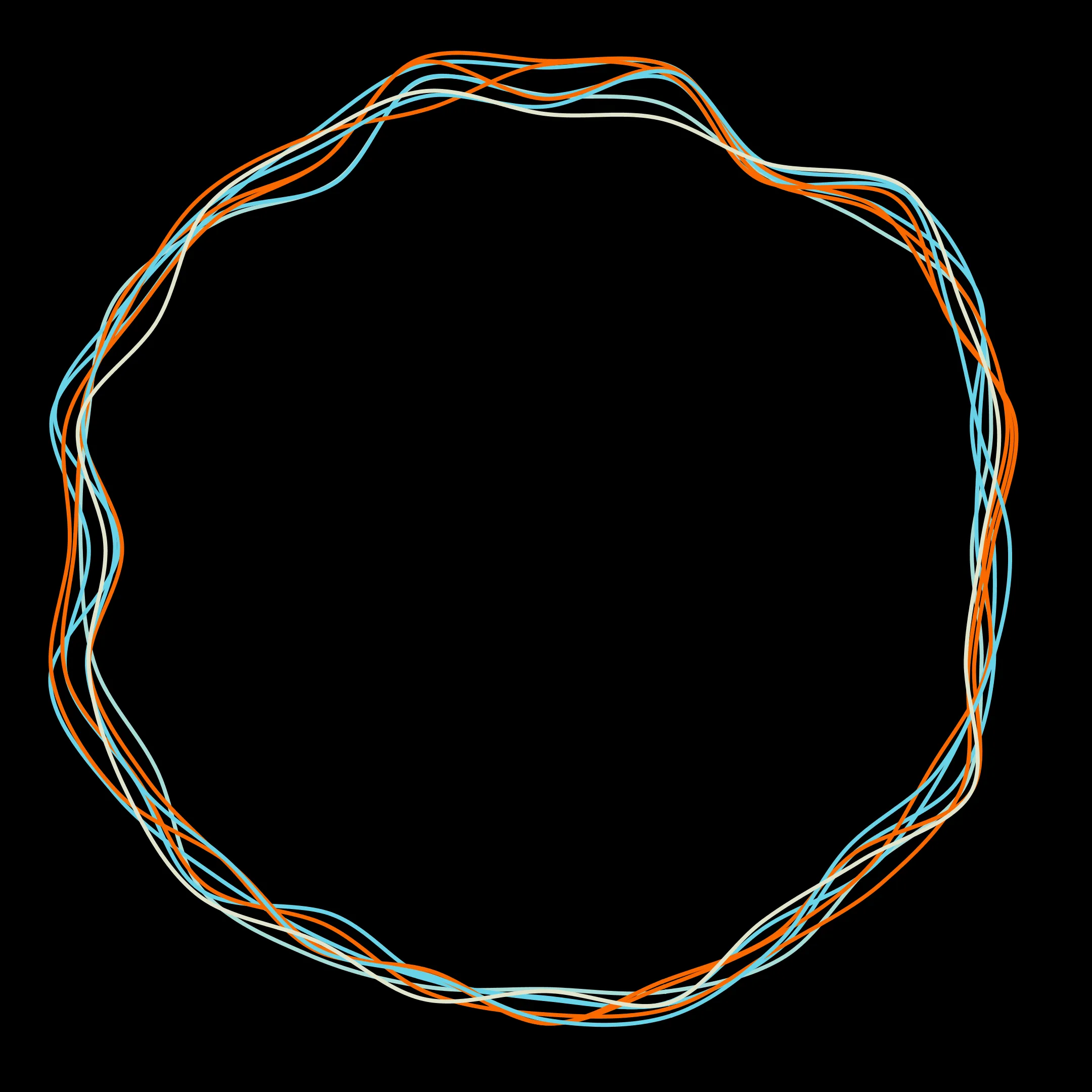 Like circles inside circles inside circles…
Like circles inside circles inside circles…
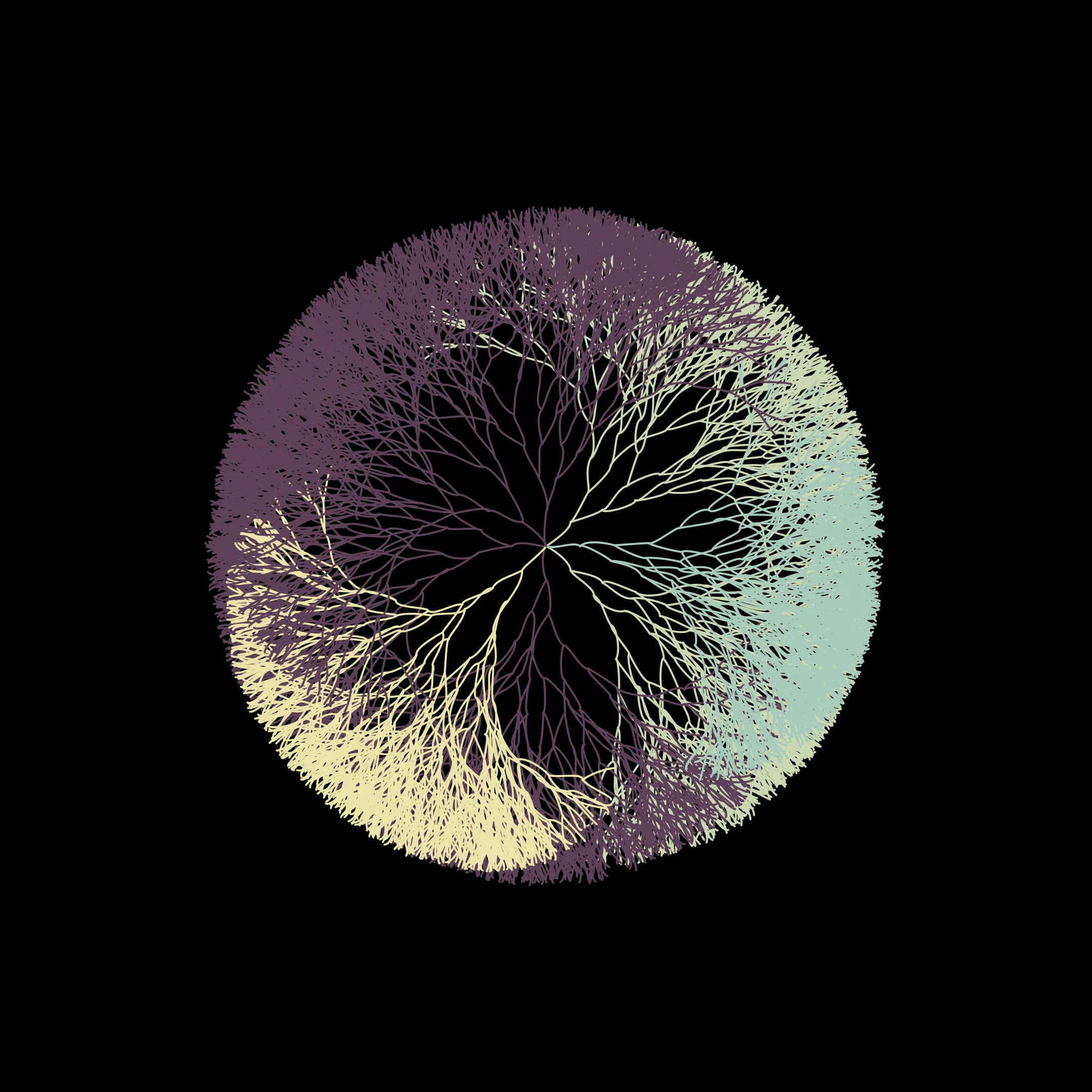 Looks like it might start spinning if I stare too long
Looks like it might start spinning if I stare too long
What I Learned (aka why circles are secretly deep)
💡 The Beauty of Algorithms
Even though it was all circles, every image turned out so different. Like:
- Precise math vs. random chaos
- Dense complexity vs. clean minimalism
- Overlapping madness vs. perfect geometry
It’s wild how much personality a few lines of code can have.
🧠 Processing vs. R
So I played around with both:
- Processing → felt way more natural for visuals. You draw, you tweak, you see results instantly.
- R → more technical but sooo good if you want mathematical control.
- Both communities are super active and helpful (thank you, random forum strangers 🙏).
🎨 Creativity Through Constraints
Here’s the funny thing — when I limited myself to just circles, I got way more creative. Like, weirdly so.
By only tweaking stuff like:
- size
- opacity
- color gradients
- how they overlap or intersect
- little position algorithms
…I ended up with endless variations. Turns out “less is more” actually works sometimes (who knew?).
My Tech Setup (for the curious nerds 👩💻)
What worked:
- Processing 2 (don’t ask me about v3 😩)
- Basic geometry functions
- Simple random() stuff
- Layer blending (chef’s kiss)
My super scientific process:
- Draw a circle.
- Randomize everything.
- Go “hmm, interesting.”
- Add color + opacity.
- Layer it a bunch until it looks artsy.
- Screenshot it before it breaks.
Why I Love Generative Art 💖
It’s that element of surprise. You give the computer rules, and it goes, “cool, but what if I did this instead?”
You’re not making the art — you’re collaborating with the algorithm. It’s half you, half the machine, and 100% unexpected.
Every image feels both planned and chaotic at the same time. Like art with a mind of its own.
So yeah — what started as a music experiment turned into me falling in love with algorithmic circles.
Who needs perfection when you have randomness, right? 😉
(P.S. If you’ve made generative art, please share! I love seeing what other curious nerds create ❤️)